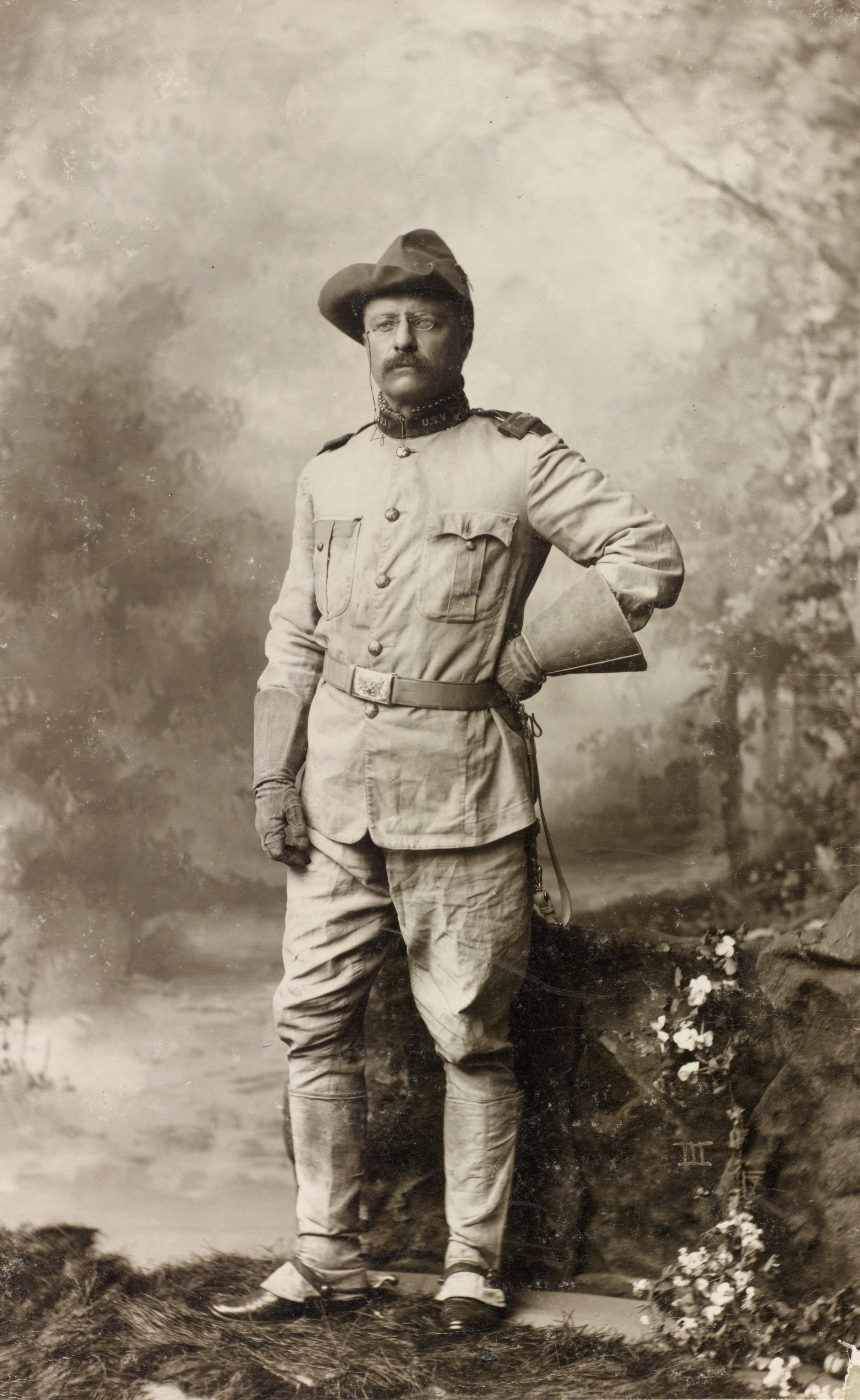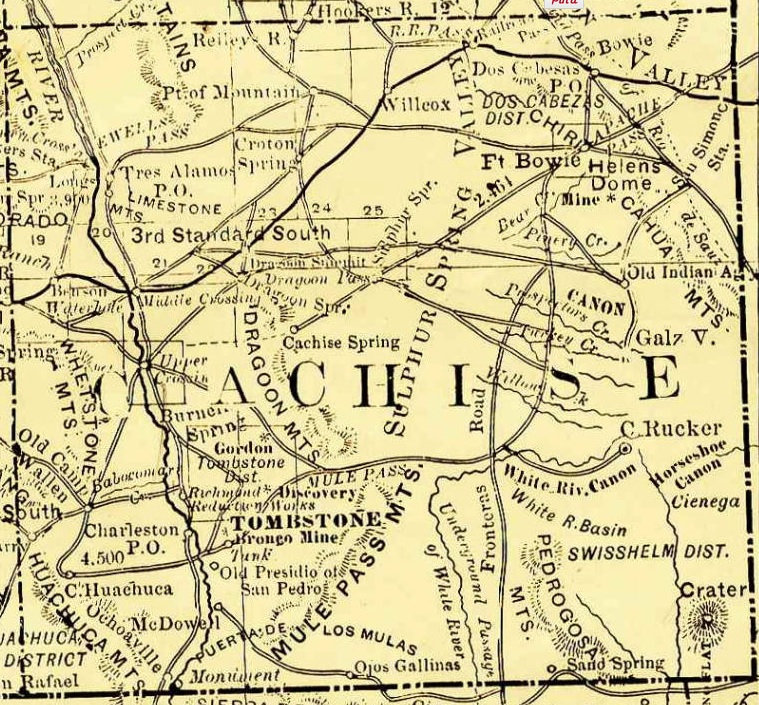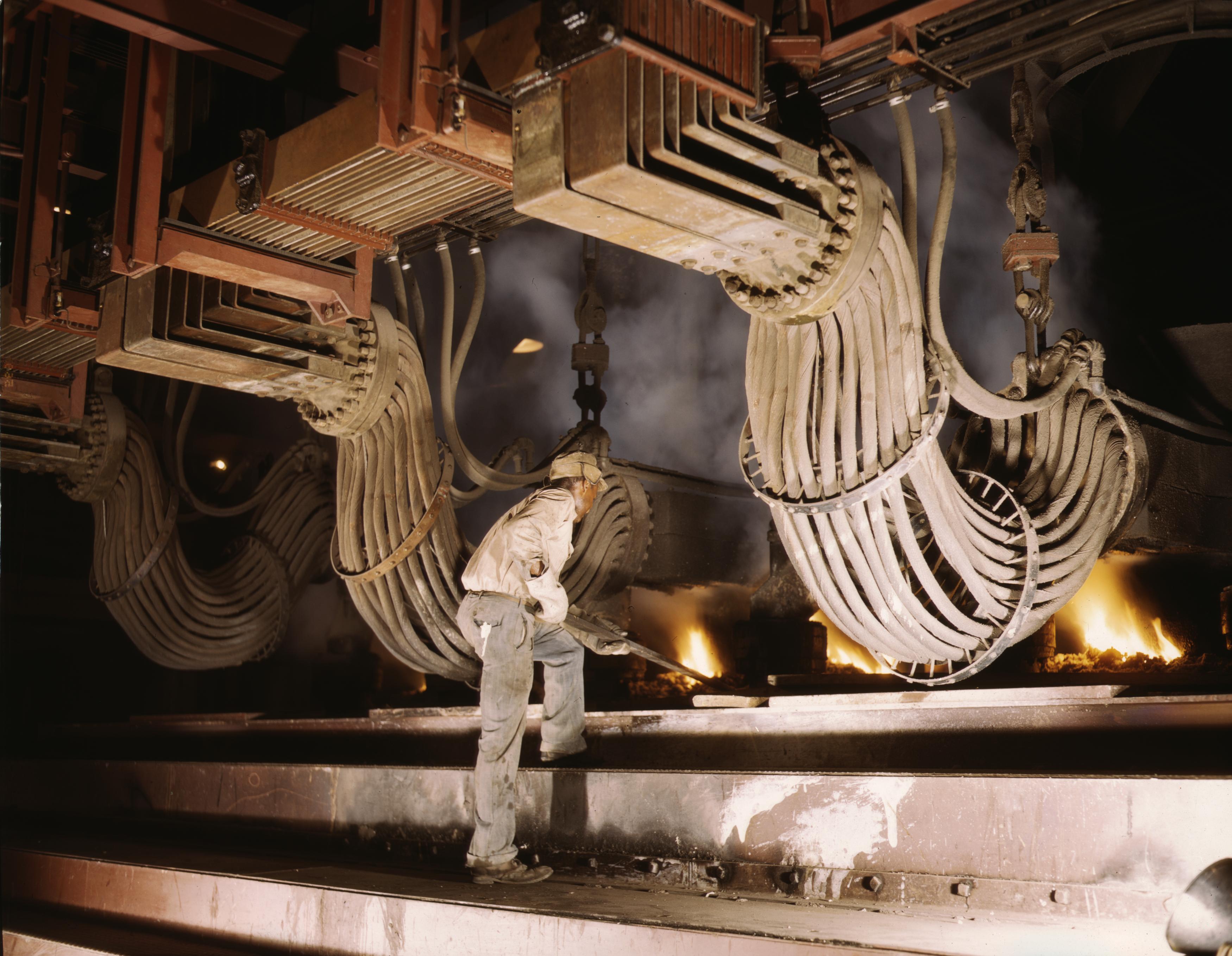|
Charles E. Mills
Charles E. Mills (March 30, 1867 – January 17, 1929) was an American businessman and banker. Born in Illinois and raised in Iowa, Mills went to the Arizona Territory and applied his engineering education in the mining industry. Except for a return east for two years while studying at Harvard University, and time in the military during the Spanish–American War and World War I, he remained in Arizona where he managed several mining operations. He also entered the banking industry in the territory, and ended his career as president of two prominent Arizona corporations, the Apache Powder Company and the Valley Bank of Arizona. Early life and education Mills was born in Magnolia, Illinois in 1867 or 1868 and brought to Cedar Rapids, Iowa by his parents shortly afterwards. He grew up there, graduating from Cedar Rapids High School and the State University of Iowa School of Engineering. After graduation, he then moved to the Arizona Territory in 1888 and was employed in Bisbee ... [...More Info...] [...Related Items...] OR: [Wikipedia] [Google] [Baidu] |
Magnolia, Illinois
Magnolia is a village in Putnam County, Illinois, United States. The population was 260 at the 2010 census. It is part of the Ottawa Micropolitan Statistical Area. History Magnolia is the oldest village in Putnam County, originally settled in the 1830s by William Hawes. Said to once have over 2,000 residents, the village now has approximately 300 citizens. Magnolia is most famous for its mushroom festival, which later moved to a larger city. This made room for the Magnolia days events that take place in August every year. The high school building was constructed in 1912 and later demolished in 2006. In 1964, Magnolia joined the newly created school district, Putnam County, which consolidated the school districts of Magnolia Swaney (communities of Magnolia and McNabb), Hennepin (town of Hennepin), and Hopkins Township High School (communities of Granville, Standard, and Mark). At one time, the village had a bank, jail, grocery store and much more. The town is now occupied by ... [...More Info...] [...Related Items...] OR: [Wikipedia] [Google] [Baidu] |
Rough Riders
The Rough Riders was a nickname given to the 1st United States Volunteer Cavalry, one of three such regiments raised in 1898 for the Spanish–American War and the only one to see combat. The United States Army was small, understaffed, and disorganized in comparison to its status during the American Civil War roughly thirty years prior. Following the sinking of , President William McKinley needed to muster a strong ground force swiftly, which he did by calling for 125,000 volunteers to assist in the war. The U.S. had gone to war in opposition to Spanish colonial policies in Cuba, which was then torn by a rebellion. The regiment was also nicknamed "Wood's Weary Walkers" for its first commander, Colonel Leonard Wood. This reflected their dissatisfaction that despite being cavalry, they ended up fighting in Cuba as infantry, since their horses were not sent there with them. Wood's second in command was former Assistant Secretary of the Navy Theodore Roosevelt, a strong adv ... [...More Info...] [...Related Items...] OR: [Wikipedia] [Google] [Baidu] |
Gila Valley Bank
Gila may refer to: Animals * ''Gila'' (fish), a genus of cyprinid fish known as western chubs * Gila monster, a venomous lizard * Gila trout, a trout native to the Southwestern United States * Gila woodpecker, a species of woodpecker found in the Southwestern United States Places * Gila County, Arizona * Gila Mountains (Graham County), Arizona * Gila Mountains (Yuma County) The Gila Mountains of Yuma County are a 26-mile (42 km) long mountain range in southwestern Arizona in the northwest Sonoran Desert. The Gila Mountains of Yuma County are a northwest-southeast trending mountain system. The fault-blocked ..., Arizona * Gila River, a Colorado River tributary in New Mexico and Arizona * Gila, New Mexico, a census-designated place * Gila National Forest, New Mexico * Gila Wilderness, New Mexico, the world's first wilderness area * Gila Desert, the informal name of Sonoran Desert, United States and Mexico People * Gila (given name), a list of people * Eloy Gil ... [...More Info...] [...Related Items...] OR: [Wikipedia] [Google] [Baidu] |
Grand Canyon
The Grand Canyon (, yuf-x-yav, Wi:kaʼi:la, , Southern Paiute language: Paxa’uipi, ) is a steep-sided canyon carved by the Colorado River in Arizona, United States. The Grand Canyon is long, up to wide and attains a depth of over a mile (). The canyon and adjacent rim are contained within Grand Canyon National Park, the Kaibab National Forest, Grand Canyon–Parashant National Monument, the Hualapai Indian Reservation, the Havasupai Indian Reservation and the Navajo Nation. President Theodore Roosevelt was a major proponent of the preservation of the Grand Canyon area and visited it on numerous occasions to hunt and enjoy the scenery. Nearly two billion years of Earth's geological history have been exposed as the Colorado River and its tributaries cut their channels through layer after layer of rock while the Colorado Plateau was uplifted. [...More Info...] [...Related Items...] OR: [Wikipedia] [Google] [Baidu] |
Mining Claim
Mineral rights are property rights to exploit an area for the minerals it harbors. Mineral rights can be separate from property ownership (see Split estate). Mineral rights can refer to sedentary minerals that do not move below the Earth's surface or fluid minerals such as oil or natural gas. There are three major types of mineral property; unified estate, severed or split estate, and fractional ownership of minerals. Mineral estate Owning mineral rights (often referred to as a "mineral interest" or a "mineral estate") gives the owner the right to exploit, mine, and/or produce any or all minerals they own. Minerals can refer to oil, gas, coal, metal ores, stones, sands, or salts. An owner of mineral rights may sell, lease, or donate those minerals to any person or company as they see fit. Mineral interests can be owned by private landowners, private companies, or federal, state or local governments. Sorting these rights are a large part of mineral exploration. A brief outlin ... [...More Info...] [...Related Items...] OR: [Wikipedia] [Google] [Baidu] |
Southwestern United States
The Southwestern United States, also known as the American Southwest or simply the Southwest, is a geographic and cultural region of the United States that generally includes Arizona, New Mexico, and adjacent portions of California, Colorado, Nevada, Oklahoma, Texas, and Utah. The largest cities by List of metropolitan statistical areas, metropolitan area are Phoenix, Arizona, Phoenix, Las Vegas, El Paso, Texas, El Paso, Albuquerque, New Mexico, Albuquerque, and Tucson, Arizona, Tucson. Prior to 1848, in the historical region of Santa Fe de Nuevo México as well as parts of Alta California and Coahuila y Tejas, settlement was almost non-existent outside of Nuevo México's Pueblos and Santa Fe de Nuevo México#Regions and municipalities, Spanish or Mexican municipalities. Much of the area had been a part of New Spain and Mexico until the United States acquired the area through the Treaty of Guadalupe Hidalgo in 1848 and the smaller Gadsden Purchase in 1854. While the region's bou ... [...More Info...] [...Related Items...] OR: [Wikipedia] [Google] [Baidu] |
Cochise County, Arizona
Cochise County () is a county in the southeastern corner of the U.S. state of Arizona. It is named after the Native American chief Cochise. The population was 125,447 at the 2020 census. The county seat is Bisbee and the most populous city is Sierra Vista. Cochise County includes the Sierra Vista- Douglas, Arizona Metropolitan Statistical Area. The county borders southwestern New Mexico and the northwestern Mexican state of Sonora. History In 1528 Spanish Explorers: Álvar Núñez Cabeza de Vaca, Estevanico, and Fray Marcos de Niza survived a shipwreck off the Texas coast. Captured by Native Americans, they spent eight years finding their way back to Mexico City, via the San Pedro Valley. Their journals, maps, and stories led to the Cibola, seven cities of gold myth. The Expedition of Francisco Vásquez de Coronado in 1539 using it as his route north through what they called the Guachuca Mountains of Pima ( Tohono O'odham) lands and later part of the mission routes nor ... [...More Info...] [...Related Items...] OR: [Wikipedia] [Google] [Baidu] |
Dollar-a-year Man
A number of top executives in large businesses and governments have worked for a one-dollar salary. One-dollar salaries are used in situations where an executive wishes to work without direct compensation, but for legal reasons must receive a payment above zero, so as to distinguish them from a volunteer. The concept first emerged in the early 1900s, where various leaders of industry in the United States offered their services to the government during times of war. Later, in the late 1990s and early 2000s, many business executives began accepting one-dollar salaries—often in the case of struggling companies or startups—with the potential for further indirect earnings as the result of their ownership of stock. Dollar-a-year men In the early-to-mid-20th century, "dollar-a-year men" were business and government executives who helped the government mobilize and manage American industry during periods of war, notably World War I, World War II, and the Korean War. U.S. law forbids ... [...More Info...] [...Related Items...] OR: [Wikipedia] [Google] [Baidu] |
US Army
The United States Army (USA) is the land service branch of the United States Armed Forces. It is one of the eight U.S. uniformed services, and is designated as the Army of the United States in the U.S. Constitution.Article II, section 2, clause 1 of the United States Constitution (1789). See alsTitle 10, Subtitle B, Chapter 301, Section 3001 The oldest and most senior branch of the U.S. military in order of precedence, the modern U.S. Army has its roots in the Continental Army, which was formed 14 June 1775 to fight the American Revolutionary War (1775–1783)—before the United States was established as a country. After the Revolutionary War, the Congress of the Confederation created the United States Army on 3 June 1784 to replace the disbanded Continental Army.Library of CongressJournals of the Continental Congress, Volume 27/ref> The United States Army considers itself to be a continuation of the Continental Army, and thus considers its institutional inception to be ... [...More Info...] [...Related Items...] OR: [Wikipedia] [Google] [Baidu] |
International Smelting Company
International is an adjective (also used as a noun) meaning "between nations". International may also refer to: Music Albums * ''International'' (Kevin Michael album), 2011 * ''International'' (New Order album), 2002 * ''International'' (The Three Degrees album), 1975 *''International'', 2018 album by L'Algérino Songs * The Internationale, the left-wing anthem * "International" (Chase & Status song), 2014 * "International", by Adventures in Stereo from ''Monomania'', 2000 * "International", by Brass Construction from ''Renegades'', 1984 * "International", by Thomas Leer from ''The Scale of Ten'', 1985 * "International", by Kevin Michael from ''International'' (Kevin Michael album), 2011 * "International", by McGuinness Flint from ''McGuinness Flint'', 1970 * "International", by Orchestral Manoeuvres in the Dark from '' Dazzle Ships'', 1983 * "International (Serious)", by Estelle from '' All of Me'', 2012 Politics * Political international, any transnational organization ... [...More Info...] [...Related Items...] OR: [Wikipedia] [Google] [Baidu] |
Smelter
Smelting is a process of applying heat to ore, to extract a base metal. It is a form of extractive metallurgy. It is used to extract many metals from their ores, including silver, iron, copper, and other base metals. Smelting uses heat and a chemical reducing agent to decompose the ore, driving off other elements as gases or slag and leaving the metal base behind. The reducing agent is commonly a fossil fuel source of carbon, such as coke—or, in earlier times, charcoal. The oxygen in the ore binds to carbon at high temperatures due to the lower potential energy of the bonds in carbon dioxide (). Smelting most prominently takes place in a blast furnace to produce pig iron, which is converted into steel. The carbon source acts as a chemical reactant to remove oxygen from the ore, yielding the purified metal element as a product. The carbon source is oxidized in two stages. First, the carbon (C) combusts with oxygen (O2) in the air to produce carbon monoxide (CO). Second, ... [...More Info...] [...Related Items...] OR: [Wikipedia] [Google] [Baidu] |
Mill (grinding)
A mill is a device, often a structure, machine or home appliance, kitchen appliance, that breaks solid materials into smaller pieces by grinding, crushing, or cutting. Such comminution is an important unit operation in many process (engineering), processes. There are many different types of mills and many types of materials processed in them. Historically mills were powered by hand or by animals (e.g., via a crank (mechanism), hand crank), working animal (e.g., horse mill), wind (windmill) or water (watermill). In modern era, they are usually powered by electricity. The grinding of solid materials occurs through mechanical forces that break up the structure by overcoming the interior bonding forces. After the grinding the state of the solid is changed: the grain size, the grain size disposition and the grain shape. Milling also refers to the process of breaking down, separating, sizing, or classifying aggregate material (e.g. mining ore). For instance rock crushing or grinding to ... [...More Info...] [...Related Items...] OR: [Wikipedia] [Google] [Baidu] |



